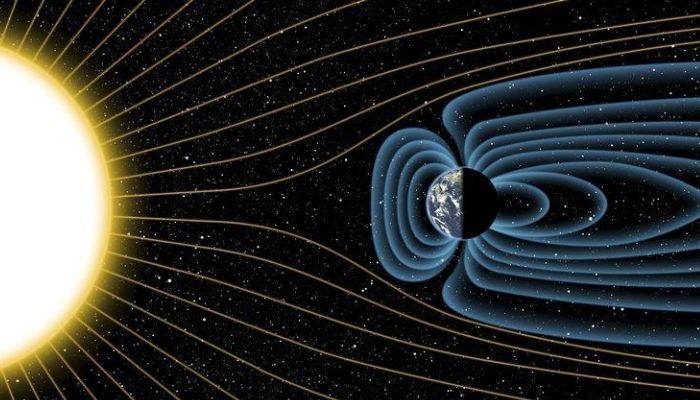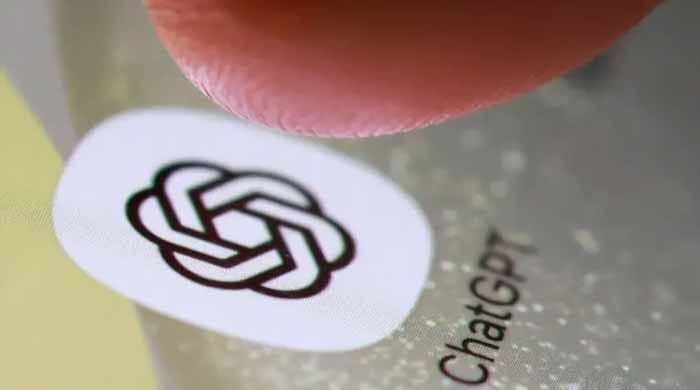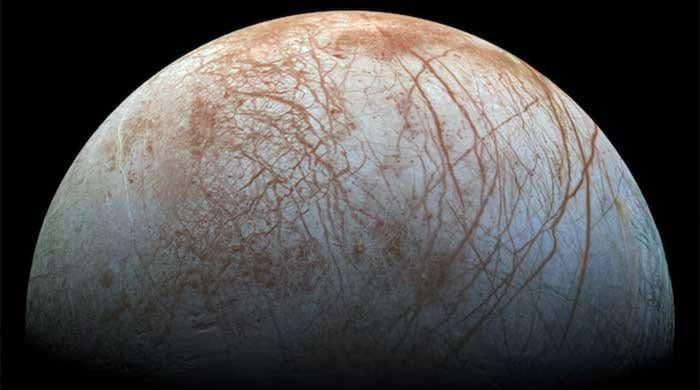Are there cracks in Earth's magnetic field?
Aurora lights have displayed themselves even without a solar storm due to so-called cracks in Earth's magnetic field
September 16, 2022

- Aurora lights have displayed themselves without solar storm.
- Cracks in Earth's magnetic field let more solar wind pass during equinoxes.
- "Cracks" on north and south poles are permanent as there is natural opening of magnetic field around that region.
Due to the so-called cracks in our planet's magnetic field, aurora lights have displayed themselves even without a solar storm which is what usually leads to the light shows.
Space Weather reported that the phenomenon is called the Russell-McPherron effect, when cracks in the Earth's magnetic field let more solar wind pass during equinoxes.
Equinoxes are days when the length of the day and night are the same.
Ciaran Beggan, a geophysicist from the British Geological Survey, told Newsweek that the "cracks" on the north and south poles of the Earth are permanent as there is a natural opening of the Earth's magnetic field around that region.
Solar winds are made of plasma coming directly from the sun during coronal mass ejection (CME). While these gusts are flowing past the planet all the time, they become stronger after CME.
Energy from these solar winds is built up over a few hours and is then dispersed by the magnetosphere. When these currents flow into the ionosphere, an aurora is created.
Mike Hapgood, the principal consultant on space weather at Rutherford Appleton Laboratory (RAL) Space, told Newsweek he was not sure where the term "crack" came from as there aren't any "as such".
Beggan explained that during equinoxes, Earth's poles are (almost) perpendicular to the sun which amplifies the connection between the solar wind and Earth's magnetic wind.
Therefore, the best times to witness auroras are September/October and March/April.









